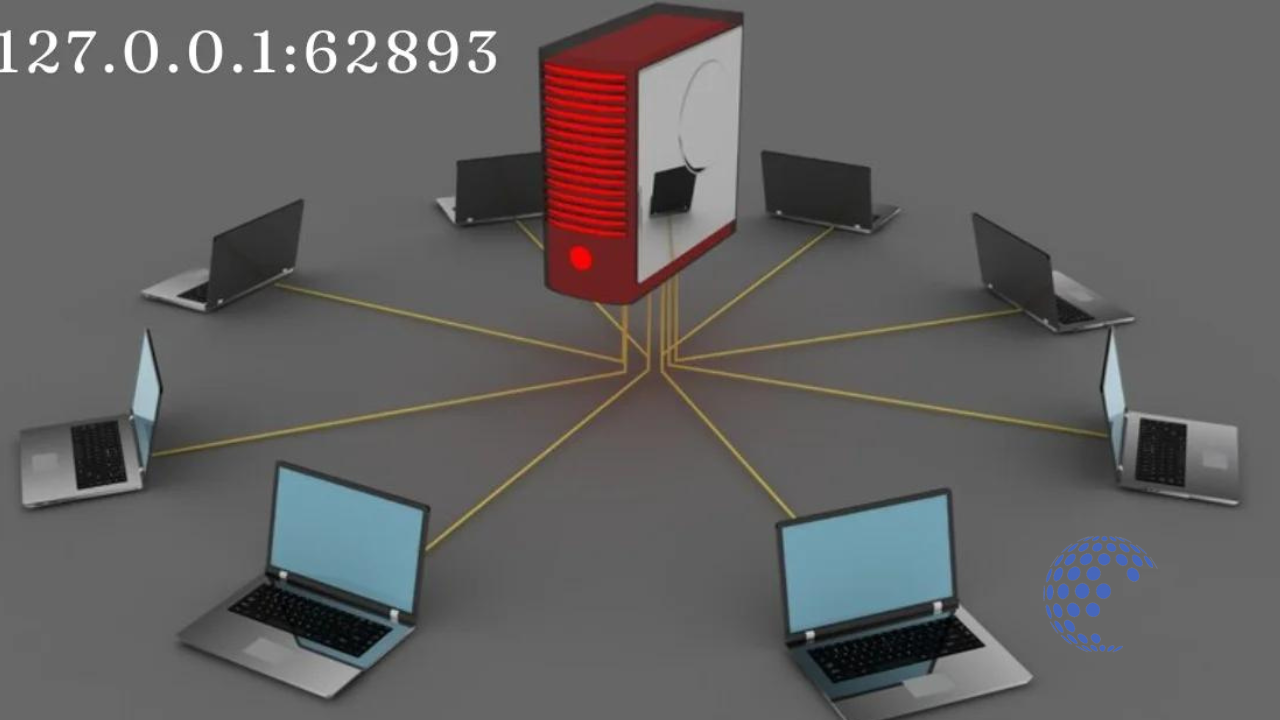Exploring 127.0.0.1:62893: Directing Traffic to the Correct Application

In networking and computing, the combination of 127.0.0.1:62893 is crucial in directing traffic to the correct application on a local machine. Understanding how this loopback IP address and port number work together can benefit developers, testers, and IT professionals. In this blog post, we will explore the significance of 127.0.0.1 in networking, decode the meaning behind port number 62893, and discuss how these elements work to route network requests locally.
The Significance of 127.0.0.1 in Networking
0.0.1 is pivotal in networking as it designates the loopback address, a unique marker that always refers to the local host or computer. This IP address is fundamental for conducting network operations internally without communicating over external networks. It facilitates a broad spectrum of diagnostic procedures and development tasks by ensuring that data sent to this address is immediately looped back to the sending machine.
This unique characteristic of 127.0.0.1 makes it an indispensable tool for programmers and network engineers, as it allows them to test software and network configurations in a controlled environment.
By using this address, professionals can verify the operational status of their system’s network stack, examine the behaviour of network applications in development, and troubleshoot potential issues—all without the complexities introduced by network variables external to the computer. This self-referential nature of the loopback address underscores its utility in creating efficient, isolated test conditions for a wide range of network-related activities.
Decoding Port Numbers: Understanding 62893
Port numbers play a critical role in network communications architecture, acting as gateways through which different types of data are funnelled to the correct application or service on a computer. Each port, including 62893, is assigned a specific function or service, allowing for organized and efficient handling of network requests.
The uniqueness of port 62893 lies in its assignment, which can be arbitrary and determined by an application or service’s specific requirements in the development or testing phases. By understanding the function of port numbers, IT professionals can customize their network setups to route traffic precisely, ensuring that every request reaches its intended destination without interference.
This level of control is precious in environments where multiple services must coexist on a single machine, necessitating clear distinctions between the network traffic they handle. Port 62893, therefore, becomes a designated spot in the vast landscape of network communications reserved for a particular interaction or process deemed necessary by the user or system administrator.
Combining IP Address and Port: How 127.0.0.1:62893 Works
Integrating the loopback IP address with a designated port number, such as 62893, creates a targeted pathway for data on a local system. This combination facilitates precise testing environments for developers and IT specialists by channelling network requests directly to a specified service or application on the same machine. When configuring a service to listen on port 62893 and directing requests to 127.0.0.1:62893, these requests are exclusively handled by the specified application.
This method is instrumental in debugging and development processes, allowing for an in-depth analysis of how applications respond to network traffic in a controlled, isolated setting. This approach will enable developers to simulate real-world scenarios and interactions between client and server applications without external network connectivity. This local routing mechanism simplifies the testing process and enhances the security and efficiency of developing network-based services by eliminating external variables and potential interruptions.
Practical Applications of 127.0.0.1:62893 in Computing
In software development and network testing, using 127.0.0.1:62893 is both varied and invaluable. This network configuration enables software engineers to run applications in an environment that closely mimics real-world network conditions while remaining entirely localized.
One key benefit of this approach is the ability to conduct performance assessments without the risk of external network interference, ensuring that results are consistent and reliable. Additionally, cybersecurity experts leverage this setup to evaluate the security protocols of applications under development. By directing potentially malicious traffic to 127.0.0.1:62893, they can scrutinize how well the application withstands various network attacks in a secure and controlled environment.
Another practical usage involves setting up internal servers for continuous integration and testing pipelines. By configuring these services to listen on port 62893, development teams can automate the deployment and testing of code changes without impacting the actual production environment. This streamlines the development process and significantly reduces the chances of introducing untested or buggy code into live applications.
For educational purposes, 127.0.0.1:62893 provides a sandbox environment where students and newcomers can experiment with network programming and server configuration without affecting their system’s network settings or risking exposure to the internet. This hands-on experience is crucial for understanding the complexities of network communications and application development.
Read More
Troubleshooting Common Issues with 127.0.0.1:62893
Encountering difficulties with 127.0.0.1:62893 can often be a perplexing situation for IT professionals and developers. Such challenges might manifest as applications not responding as expected when directed to this specific loopback address and port combination. This issue might stem from various factors, including misconfigurations within the application settings, incorrect network setup, or conflicts with other applications vying for the same port number.
To effectively diagnose and rectify these issues, it’s essential first to ensure that the application intended to use port 62893 is correctly configured and actively listening for incoming requests. Additionally, checking for any other services occupying port 62893 is crucial, as port conflicts can prevent the intended application from receiving the network traffic. Utilizing network diagnostic tools and command-line utilities can aid in identifying whether the port is open and which application is currently using it.
If a conflict is discovered, reassigning port numbers or stopping the conflicting service can resolve the issue, allowing for smooth operation and communication with the targeted application on the local machine.






